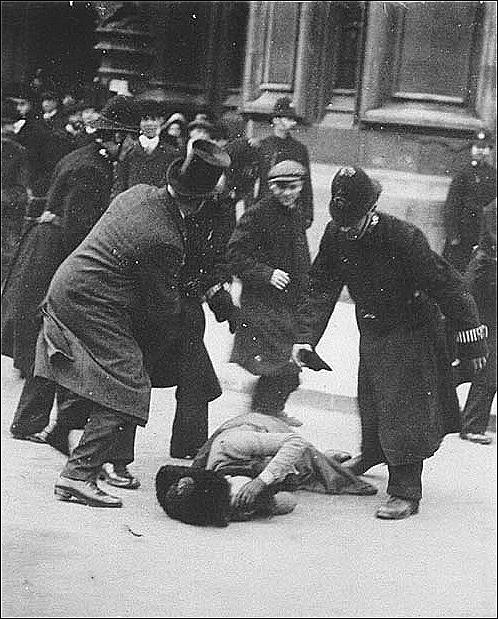 |
| Violence on 'Black Friday' (Hastingspress.co.uk, 2014) |
Other documents seem to paint a different picture, such as this report by PC George Bingham who stated of events on November 22nd 1910 that "In all cases the women went voluntarily & quietly, and I did not see one case of any PC having to handle his prisoner. They were all treated kindly & courteously" (Nationalarchives.gov.uk, 2014). The above picture would seem to tell quite a different story.
No comments:
Post a Comment